Watanbe Fellowship experience - David Butt, 2017-18
I was inspired to apply for the Watanabe Travelling Fellowship, after training on the South East Thames rotation, by placements with several of the club members who extolled the virtues of visiting experienced surgeons with busy, interesting and novel practices. I was near to the end of my training so the challenges of consultant practice were becoming clear and visits have provided me not only technical tips and tricks relevant to the procedures I observed, but also invaluable insights into balancing life with busy clinical and academic activities.
All of the hosting surgeons were extremely welcoming and found time before the visits to explore my motivations, to find out which procedures I would ideally like to see and then to arrange lists and clinics to provide a tailored experience. I wanted to make the most of this rare opportunity, including observing procedures which I had not had direct exposure during my training. However, there was as much to discuss arising from observing routine procedures as from the complex.
Choosing which surgeons to visit was obviously a challenge, I had a couple of procedures in mind and that guided my decision, but the combinations are virtually endless with a growing faculty of 40 members.
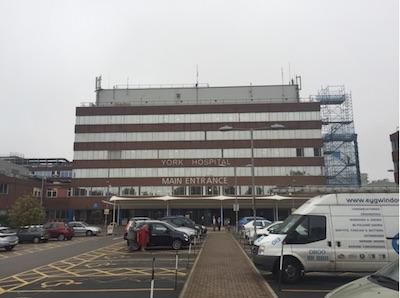
In August 2017 I visited Simon Boyle at York and Preston Park Hospitals. We had met before on the Watanabe Advanced course where we had discussed his interests including arthroscopic Latarjet stabilisation, a procedure which seemed very challenging to me having only just got to grips with the open procedure. We shared an old school connection, he is an Old Leodensian like me and we reminisced before moving on to talk about motivations, career direction and how he has set up his practice.
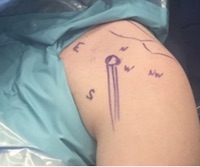
He lined up interesting arthroscopic cases for me including cuff repairs, stabilisations and labral repairs, a suprascapular nerve release and an arthroscopic Latarjet. The latter was an eye opener for me, particularly the reality of the “East” portal, described by Boileau, which is deep in tiger country, three fingers
breadths medial to the coracoid! However, his slick and relaxed technique made the procedure seem manageable. He also took time to explain how elements can be safely incorporated into other procedures to build familiarity before undertaking a full Latarjet.
I was immediately welcomed like a member of the friendly team, providing a real flavour of his working environment, and we were treated to dinner at the Whippet pub in York, notable not only for the fine ribeye steak and wine but also the wallpaper…
My second visit was to Len Funk in Wrightington over 4 days. I had not been to the hospital before so enjoyed the museum section, mainly focussed on Charnley, including his original operating enclosure but also the current procedures section providing patient information.
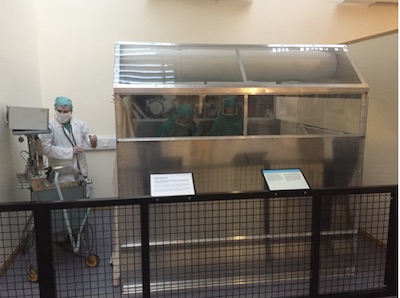
He had reorganised his practice for my visit to maximise operating sessions at Wrightington, which helped with his NHS, but not his private, waiting list! I had the pleasure of meeting the majority of the upper limb consultants and also had the opportunity to observe procedures performed by Puneet Monga and Steve Bale.
There is a comprehensive educational programme for the 8 current fellows who were more than happy to welcome me to join their activities each night, including training sessions, departmental meals at the Dicconson Arms and even a visit to John Stanley’s beautiful home for upper limb teaching.
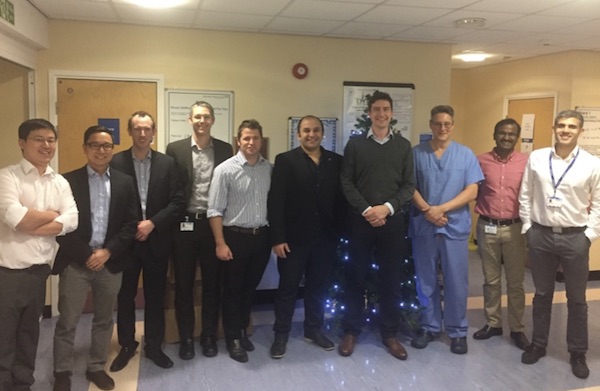
I saw a wide variety of cases including ACJ stabilisation, SCJ stabilisation, cuff repair, GHJ stabilisation, superior Capsular Reconstruction (SCR), reverse shoulder replacement, humeral fracture ORIF and open Latarjet. I had requested to see an SCR and he managed to arrange three over the course of my visit. We talked extensively over coffee, dried mango and biltong about indications, the evolution of his surgical technique and rehabilitation to give me a real picture of the procedure which he describes as a “game changer”. He found the time to sit and chat each day where he was genuinely keen to know my thoughts and offered numerous tips and tricks for future practice.
“If someone has unbelievably good results, go and visit, they are likely doing if differently or better, less likely they are bullshitting!”
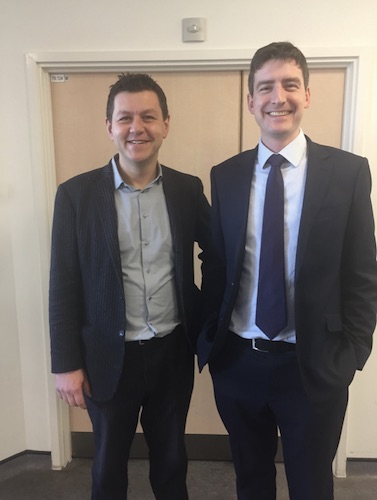
My final visit was to see Martyn Snow at the Royal Orthopaedic Hospital in Birmingham. I spent a day in theatre and a day in clinic. He has a mixed practice which he manages to maintain at roughly 50:50 shoulder and knee and it was interesting to hear his motivation for continuing this balance and to know why he has not been tempted to drift more to one or other.
He had arranged for all shoulder cases for theatre and the majority of the clinic but the knee skills come in handy, particularly if you need a hamstring graft for SCJ reconstruction. He selectively harvests the semitendinosis to produce a graft of adequate strength with as little donor morbidity as possible.
The theatre setup was interesting and unfamiliar to me – a three bay shared theatre with open communication front and back where he normally works surrounded by the spinal team.
I had asked to see an SCR so I could compare and contrast methods that he uses as I had seen his videos on the Smith and Nephew website in preparation for the procedure. He was happy to explain what he has tried, including what has and hasn’t worked all whilst making it look far too easy. He was also more than happy to share videos and presentations for this and other procedures that we discussed.
I have since put the theory into practice, trying out various aspects of the techniques at cadaveric lab courses, to identify what works best in my hands and to develop my preferred methods for the procedures. I have also been able to pass on some of the key points to inform my colleagues and to debate the relative merits of different approaches.
One piece of advice given by all of the surgeons I visited was to keep visiting other surgeons, they try to and there is always something to learn. The Watanabe Travelling Fellowship was a fantastic opportunity and I would highly recommend it to anyone in a similar position, I am extremely grateful to all of those who have made it possible, not least the three surgeons I visited.
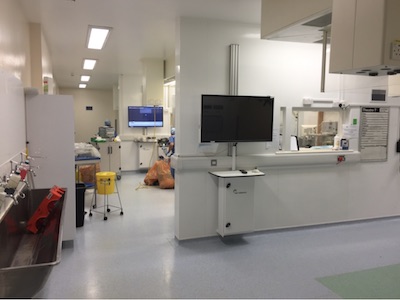 Acknowledgements
Acknowledgements:
I would also like to thank Jamie Buchanan, Cameron Hatrick, Hagen Jahnich, Andy Richards and Steve Corbett for all of their support over my years of training and to the rest of the Watanabe Faculty and Smith and Nephew staff who made the fellowship possible.